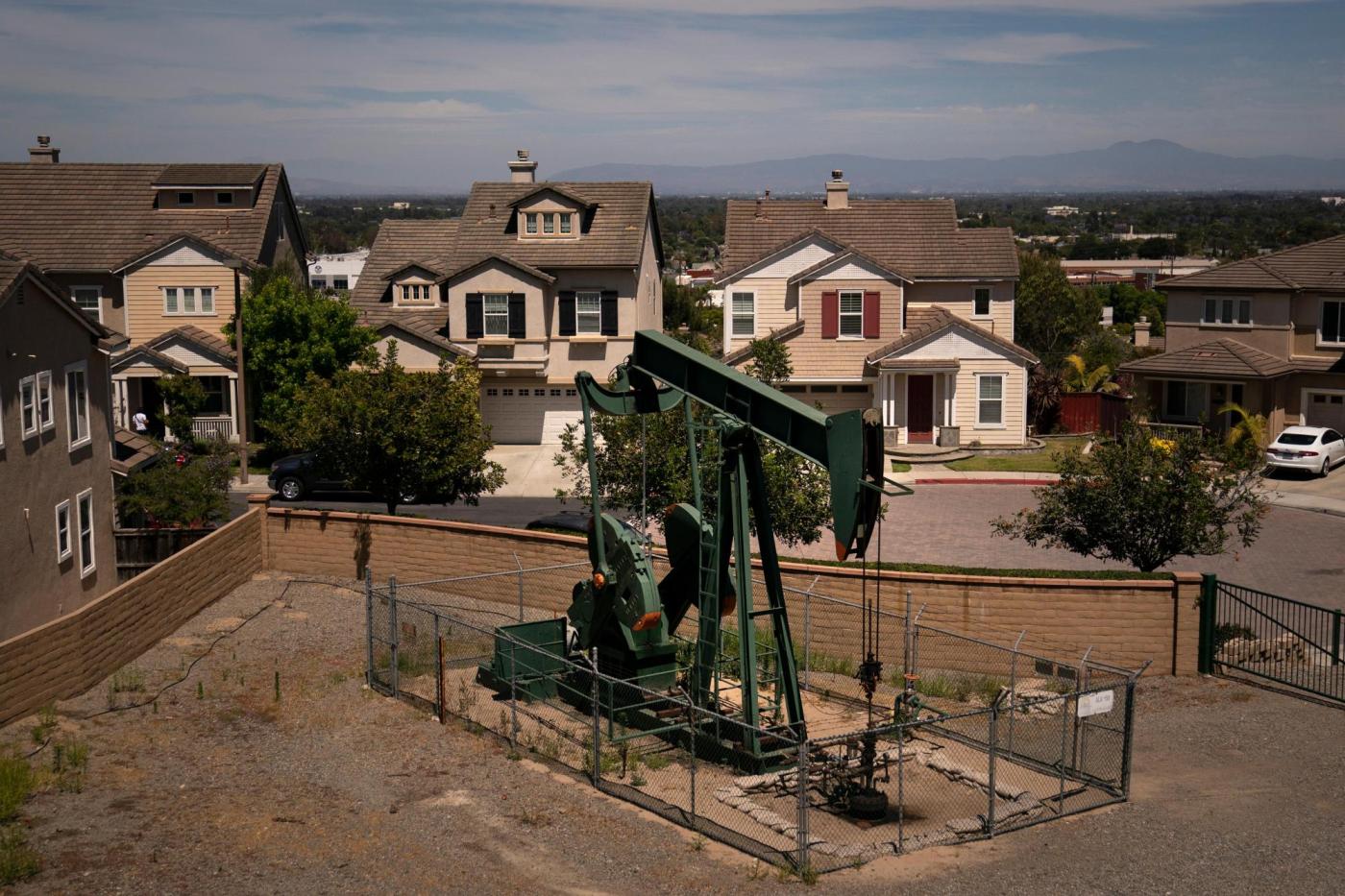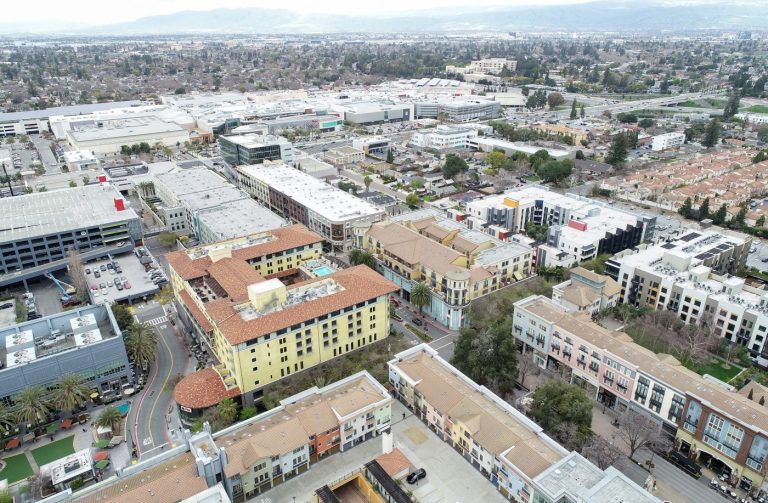Should cities and counties in California be allowed to ban oil drilling?
Even though oil has been drilled in California for 150 years, the answer has been somewhat murky since last fall, when the state Supreme Court overturned a ballot measure that Monterey County voters passed in 2016 to ban new oil and gas wells there over pollution concerns.
Handing a victory to Chevron, which had sued to overturn the Monterey election result, the court ruled that state law, not local government or local voters, should regulate the methods and practices of oil production But now, a bill has reached Gov. Gavin Newsom’s desk that would return the power to local hands.
Newsom’s decision to sign or veto the measure could affect a broad range of communities that have passed oil drilling restrictions over the past decade, from Antioch and Brentwood in Contra Costa County to Santa Cruz County to the city of Los Angeles.
The drilling bill, AB 3233, passed the state Assembly and Senate two weeks ago, with Democrats mostly in support and Republicans opposed.
Supporters say local residents have to deal with the health issues and pollution problems from oil and gas wells so its only fair that they have a voice in whether, where and how drilling is allowed.
“This is about health and well being,” said Assemblywoman Dawn Addis, a Monterey Democrat, who introduced the bill. “If you live near oil and gas production you have a higher chance of major health problems. We also know property values are lower if you are near oil and gas. Local communities want to be able to make these choices.”
The bill is supported by a long list of environmental groups, including Sierra Club California and the Center for Biological Diversity, along with the California Democratic Party and the California State Association of Counties.
But opponents, led by the Western States Petroleum Association, an industry trade group whose members include Chevron, ExxonMobil, Shell and Valero, say the bill goes too far.
In a statement last month, the association said the bill would “impose impractical limits on oil and gas operations, creating a fragmented system.” The oil industry also noted that California imports roughly 75% of the oil it consumes.
“This reliance on imported oil not only drives up fuel prices for consumers but also compromises our environmental goals by bypassing California’s strict standards,” the association said.
How Newsom will decide is unclear.
In other actions, he has been steadily cracking down on Big Oil as part of the state’s efforts to reduce air pollution and greenhouse gas emissions which cause climate change.
Four years ago, Newsom signed a landmark executive order requiring all new passenger vehicles sold in California by 2035 be zero-emission.
Two years ago, he signed a law requiring all of California’s electricity by 2045 to come from carbon-free sources such as solar, wind, geothermal, hydroelectric or nuclear. Today the state is at 61%.
Newsom also signed another landmark bill in 2022 that was opposed by the oil industry. It blocked the construction of new oil and gas wells statewide within 3,200 feet of homes, schools and parks. The oil industry had planned to put a measure on this November’s ballot attempting to overturn it, but pulled it this summer, reportedly amid polling that showed it would fail.
“Big Oil knows that California is moving beyond fossil fuels, so on their way out these corporations are doing everything they can to squeeze out profits as they pollute our communities,” Newsom said in February.
But overlaying the environmental issues are political concerns. California’s gasoline prices are higher than prices in most other states. And as Democrats attempt to win back control of the House of Representatives, Republicans are highlighting the issue, which could play a role in half a dozen close House races across California.
Earlier this month, Newsom called a special session in the state Legislature to deal with gas price spikes. He wants oil companies to be required to keep more supplies on hand so that when refineries have breakdowns or maintenance issues, prices don’t spike. The industry opposes the idea, and recently got a boost from governors of Arizona and Nevada, a Democrat and Republican, who voiced concerns the rules could lead to shortages and higher prices.
California is the 8th largest oil producing state in the nation, generating about 3% of America’s crude oil. Most of California’s oil production is in Kern County and other Southern California counties. But production has been falling steadily, down 74% from its peak in 1986.
Over the past decade, a number of California communities tried to limit oil production, particularly the practice of fracking. More formally known as hydraulic fracturing, the practice involves oil workers forcing large amounts of chemicals and water underground to break up underground formations to release oil and gas.
Alameda, San Benito, Butte, and Mendocino counties have fracking bans. Santa Cruz County has a total ban on oil production.
Newsom imposed a statewide fracking ban in 2021. It takes effect Oct. 1, and is not affected by last year’s state Supreme Court ruling.
But if the governor signs the bill on his desk now, supporters say, other cities and counties may move forward with oil drilling bans.
“There are cities and counties that want to respond to their residents who are worried about what oil and gas pollution does to their health and the environment,” said Hollin Kretzmann, an attorney with the Center for Biological Diversity in Oakland. “This is a critical right. It should be protected and affirmed.”












